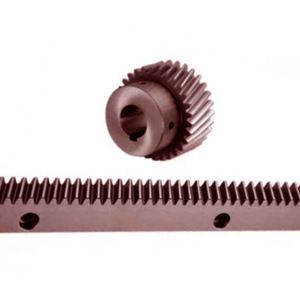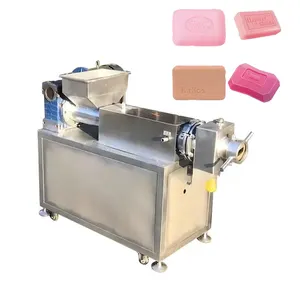Popular in your industry

















Related Searches:



























Top categories
About rack pinion lift
An rack and pinion lift is a lifting system that uses a rack and pinion mechanism to raise and lower loads vertically. This type of lift is commonly used in various industries and applications, such as manufacturing, warehousing, and construction, to move goods and materials to different levels of a facility. The rack and pinion lift consists of two main components: the rack, which is a linear gear with teeth along its length, and the pinion, which is a small gear that engages with the rack. When the pinion gear rotates, it moves along the rack, causing the lift platform to move up or down. This mechanism provides a straightforward and efficient way to control the vertical movement of the lift.
Applications of rack and pinion lift
Rack and pinion lifts are used in various industries to transport goods and materials between different levels of a building. In the manufacturing industry, they are used to move heavy equipment and products in factories and production facilities. In the warehousing and logistics industry, rack and pinion lifts are utilized in distribution centers and storage facilities to transfer goods to and from different floors. In the construction sector, they are employed for transporting construction materials and workers on construction sites. Additionally, rack and pinion lifts are used in the automotive industry for vehicle maintenance and assembly processes.
Types of rack and pinion lift
There are several types of rack and pinion lifts available, each designed to meet specific requirements and space constraints. The rack & pinion elevator is a vertical transportation system that uses a rack and pinion mechanism to move passengers or goods between floors in buildings. These elevators are commonly used in low- to mid-rise buildings, where space is limited, and a conventional traction or hydraulic elevator may not be feasible. The rack and pinion elevator typically consists of a car or platform that travels along vertical rails, guided by the rack and pinion system. A prime example of this type of elevator is the gearless rack and pinion elevator, which utilizes a gearless motor to drive the pinion gear directly, eliminating the need for a gearbox and providing a smoother and more energy-efficient operation.
Another type of rack and pinion lift is the inclined rack and pinion lift, which is used to transport loads on an inclined plane. This type of lift is often employed in locations where a vertical lift is not possible due to space constraints or the layout of the building. The inclined rack and pinion lift typically consists of a platform or carriage that travels along an inclined track, guided by the rack and pinion system. It is commonly used in settings such as parking garages, where it provides a space-efficient solution for moving vehicles between different levels.
Benefits of rack and pinion lift
Rack and pinion lifts offer several advantages over other types of lifting systems. Firstly, they provide precise and controlled vertical movement, making them suitable for applications where accurate positioning is crucial. Their simple and robust design contributes to their reliability and ease of maintenance. Moreover, they can be customized to meet specific load and height requirements, offering versatility in various industrial settings. Additionally, the rack and pinion mechanism facilitate smooth and quiet operation, making them a preferred choice in environments where noise levels are a concern. Finally, their energy-efficient performance, especially in gearless configurations, contributes to lower operational costs and reduced environmental impact.
























